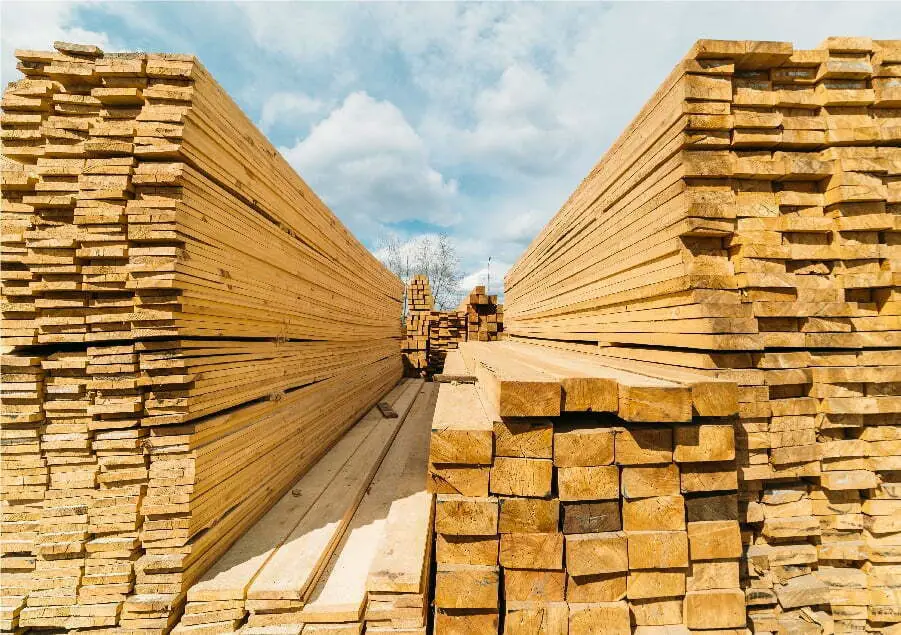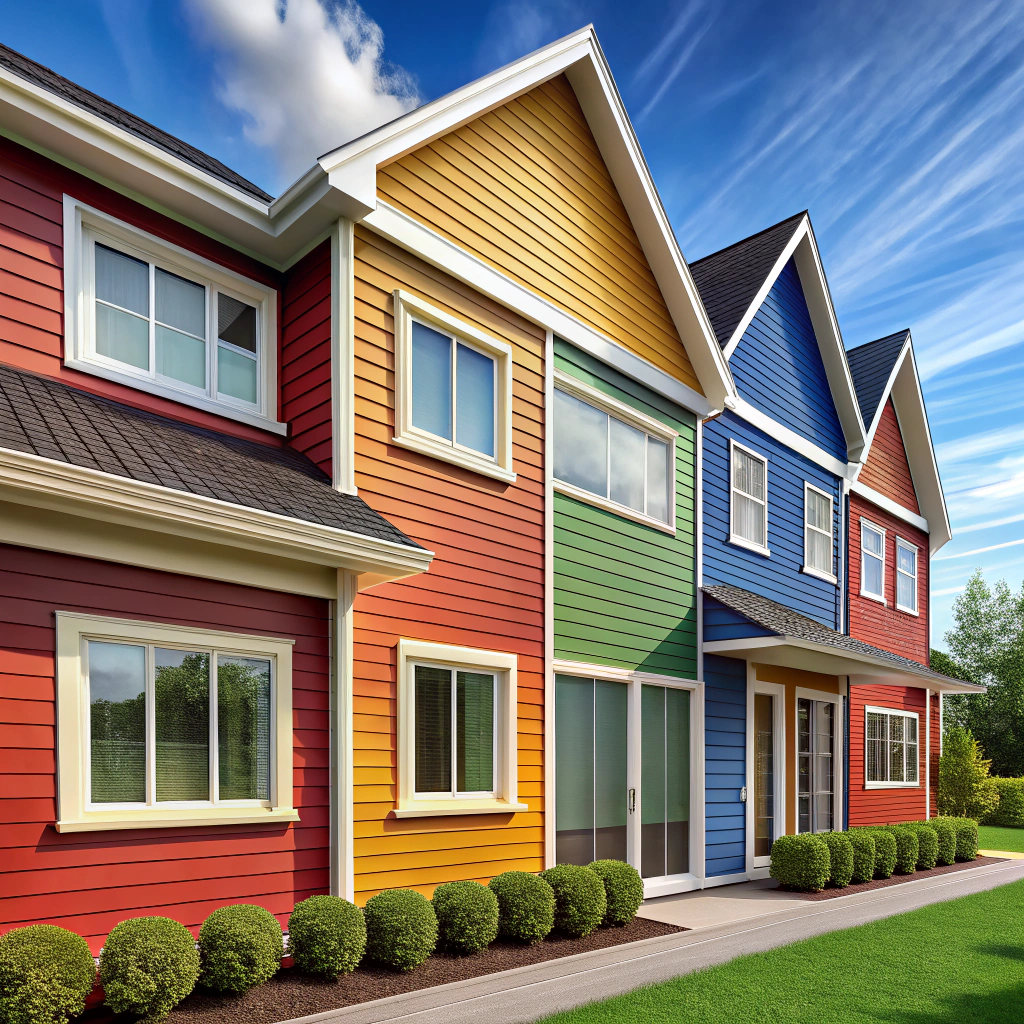Polymers are generally stronger and more durable than traditional building materials, making them an ideal choice for construction projects.
Polymers have become increasingly popular in construction due to their strength and durability. But how do they compare to traditional building materials such as wood, brick, and concrete?
This blog post will explore the differences between polymers and traditional building materials in strength and durability.
We’ll look at the pros and cons of each material so you can make an informed decision when considering which material is best for your next construction project.
Key takeaways:
- Polymers are generally stronger and more durable than traditional building materials.
- Polymers are lightweight yet strong, absorb shock better, and resist corrosion.
- Polymers offer superior strength and durability in specific applications.
- Polymers are versatile, lightweight, resistant to corrosion, and flexible.
- Polymers have environmental benefits, are cost-effective, and offer future innovation.
Traditional Building Materials

Traditional building materials are materials that have been used for centuries in the construction of buildings and other structures. These materials include wood, stone, brick, concrete, steel, and glass.
Each of these materials has its own unique properties that make it suitable for specific applications.
For example:
- Wood is lightweight yet strong enough to support a structure.
- Stone is durable and can withstand extreme weather conditions.
- Brick is fire-resistant; concrete is solid and long-lasting.
- Steel provides strength with minimal weight.
- The glass allows light to pass through while providing insulation from the elements.
These traditional building materials have been used successfully in construction projects worldwide for many years due to their strength and durability.
Strength
Strength is an essential factor to consider when choosing building materials. Traditional building materials such as wood, concrete, and steel have been used for centuries for their strength and durability.
Polymers are a newer material that has become increasingly popular in recent years due to their strength and flexibility. Polymers are made up of long chains of molecules that can be manipulated into different shapes and sizes.
This makes them very strong yet lightweight compared to traditional building materials like wood or concrete. They also have the ability to absorb shock better than other materials, making them ideal for use in construction projects where there may be a risk of earthquakes or other natural disasters.
Polymers are resistant to corrosion which makes them more durable than traditional building materials over time. Overall, polymers offer many advantages over traditional building materials regarding strength and durability.
They are lightweight yet strong enough for most construction projects while also being resistant to corrosion and able to absorb shock better than other types of material.
Durability
Durability measures how well a material can withstand wear and tear over time. Traditional building materials such as wood, stone, and brick are generally considered durable due to their natural properties.
Polymers, on the other hand, are synthetic materials engineered for specific purposes. While polymers may not be as naturally durable as traditional building materials, they often offer superior strength and durability compared to traditional building materials in specific applications.
For example, polymers can be used in construction projects where high levels of strength and durability are required, such as bridges or large structures exposed to harsh weather conditions.
In these cases, polymers may provide greater longevity than traditional building materials due to their ability to resist corrosion or degradation from environmental factors like UV radiation or extreme temperatures.
Polymers in Construction: Versatility and Unique Properties
Polymers offer a wide range of unique properties and versatility that make them highly valuable in the construction industry. Unlike traditional building materials such as wood, concrete, or steel, polymers can be engineered to have specific characteristics tailored to meet various construction needs.
One key advantage of polymers is their lightweight nature. Compared to heavy materials like concrete or steel, polymer-based building components are much lighter.
This not only simplifies transportation and installation but also reduces the overall weight load on structures.
Another remarkable property of polymers is their excellent resistance to corrosion and chemical degradation. Traditional materials like metal are prone to rusting when exposed to moisture or chemicals over time.
In contrast, many types of polymers exhibit high resistance against these corrosive elements, making them ideal for applications in harsh environments such as coastal areas where saltwater exposure is common.
Polymers possess exceptional durability due to their inherent flexibility and impact resistance. They can withstand extreme weather conditions including high winds without cracking or breaking easily like brittle materials do.
Moreover, the versatility offered by polymer-based products allows for endless design possibilities in architecture and construction projects. Polymetric compounds can be molded into various shapes with ease during manufacturing processes while maintaining structural integrity—a feat that would be challenging with traditional rigid building materials.
Environmental Impact: Polymers Vs. Traditional Materials
One significant advantage is that polymers can be recycled and reused, reducing the amount of waste generated during construction and demolition. The production of polymer-based materials often requires less energy compared to traditional materials like concrete or steel.
Polymers also offer improved durability and longevity, which can contribute to sustainability in construction. For example, polymer coatings on surfaces such as roofs or walls can enhance their resistance to weathering and corrosion.
This increased durability reduces the need for frequent repairs or replacements.
Furthermore, some polymers are designed with eco-friendly properties in mind. Biodegradable polymers made from renewable resources are being developed as alternatives for various applications in construction.
It’s important to note that while there are environmental benefits associated with using polymers in construction, proper disposal methods should still be followed at end-of-life stages. Recycling facilities specifically equipped for handling polymer waste should be utilized whenever possible.
Cost-Effectiveness of Polymer-Based Building Materials
One of the main reasons for this is their lightweight nature, which reduces transportation costs and makes installation easier and faster. Polymers can be manufactured in large quantities at a relatively low cost due to their synthetic nature.
Another factor contributing to the cost-effectiveness of polymer-based building materials is their durability. Polymers are known for being resistant to corrosion, moisture damage, and pests such as termites.
This means that they require less maintenance over time compared to traditional materials like wood or metal.
Furthermore, polymers have excellent insulation properties that help reduce energy consumption in buildings by minimizing heat transfer through walls and roofs. This leads to lower heating and cooling costs throughout the year.
In terms of longevity, polymer-based building materials often outperform traditional options due to their resistance against weathering effects such as UV radiation or extreme temperatures. They also have high impact resistance which helps them withstand harsh conditions without cracking or breaking easily.
Innovation and Future Trends in Polymer Applications in Construction
Researchers and engineers are constantly exploring new ways to enhance the strength, durability, and sustainability of buildings using polymer-based materials.
One exciting area of development is the use of self-healing polymers. These materials have the ability to repair themselves when damaged or cracked, reducing maintenance costs and increasing longevity.
By incorporating microcapsules filled with healing agents into polymer matrices, cracks can be automatically sealed without human intervention.
Another promising trend is the integration of smart polymers into building components. Smart polymers can respond to external stimuli such as temperature changes or moisture levels by altering their physical properties.
This adaptability allows them to improve energy efficiency by regulating heat transfer or adjusting ventilation systems accordingly.
Furthermore, researchers are exploring how nanotechnology can enhance polymer performance in construction applications. By manipulating nanoparticles at a molecular level within polymeric structures, it becomes possible to achieve superior mechanical properties like increased tensile strength or improved resistance against environmental factors such as UV radiation.
Sustainable practices continue driving innovation within this field with a focus on developing eco-friendly alternatives for traditional building materials like concrete and steel. Polymers derived from renewable sources offer reduced carbon footprints while maintaining comparable structural integrity.
The Role of Polymers in Energy Efficient Buildings
One key aspect is their ability to provide excellent insulation properties. Polymers such as expanded polystyrene (EPS) and polyurethane foam are commonly used as insulation materials due to their low thermal conductivity.
These polymer-based insulations help reduce heat transfer through walls, roofs, and floors, minimizing energy loss and improving overall building efficiency. By preventing excessive heat gain or loss, they contribute significantly to maintaining comfortable indoor temperatures while reducing the need for heating or cooling systems.
Moreover, polymers can be integrated into windows and doors by using advanced glazing technologies like polymer films with low-emissivity coatings. These coatings allow natural light transmission while blocking harmful UV rays and reducing unwanted heat transfer.
In addition to insulation benefits, polymers also offer design flexibility that enables architects to create innovative solutions for energy-efficient buildings. For instance, lightweight polymer composites can be used in structural components like beams or columns without compromising strength or durability requirements.
Furthermore, some polymers possess self-healing properties that can extend the lifespan of building materials by repairing small cracks caused by stress over time. This self-repairing capability reduces maintenance needs and enhances long-term durability.
Incorporating polymers into various aspects of building design helps optimize energy consumption while ensuring comfort for occupants. As technology advances further in this field, we can expect even more efficient use of these versatile materials in constructing sustainable structures.
FAQ
Are polymers better building materials than metals?
Polymers outperform metals as building materials due to their superior strength, longevity, cost-effectiveness, and environmental friendliness, along with their resistance against corrosion and toxic emission.
What are the advantages of polymers in construction industry?
Polymers in the construction industry offer advantages such as being highly resistant to chemicals, eliminating the need for post-treatment finishing, and being significantly lighter compared to typical metals.
Why are polymers not used in construction?
Polymers are not widely used in construction due to the potential damage they can cause to non-plastic materials such as concrete and steel reinforcements, due to their incompatibility with these polymer-based additives.
How can polymers enhance the sustainability of construction projects?
Polymers enhance the sustainability of construction projects by reducing material usage, prolonging lifespan due to their corrosion resistance attributes, recycling capabilities and versatility in adaptation to different climatic conditions.
What are the common types of polymers used in construction and why?
The common types of polymers used in construction are polyvinyl chloride (PVC) for piping and insulation, polystyrene for thermal insulation and soundproofing, polyethylene for creating damp-proof membranes, and polyurethane for sealants and adhesives, due to their durability, resistance to environmental conditions, and versatility.
How might polymers help to improve safety standards in the construction industry?
Polymers enhance construction safety standards by providing better quality control, reducing maintenance needs, and withstanding extreme conditions thanks to their beneficial properties such as high strength, durable nature, and resistance to corrosion and environmental damage.
Recap




